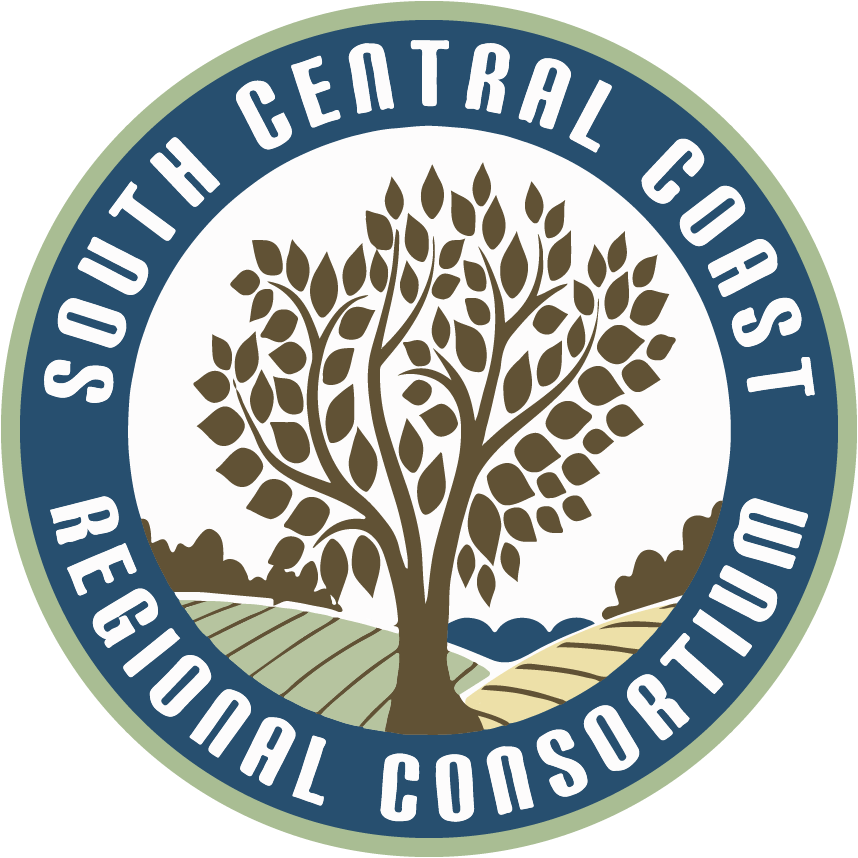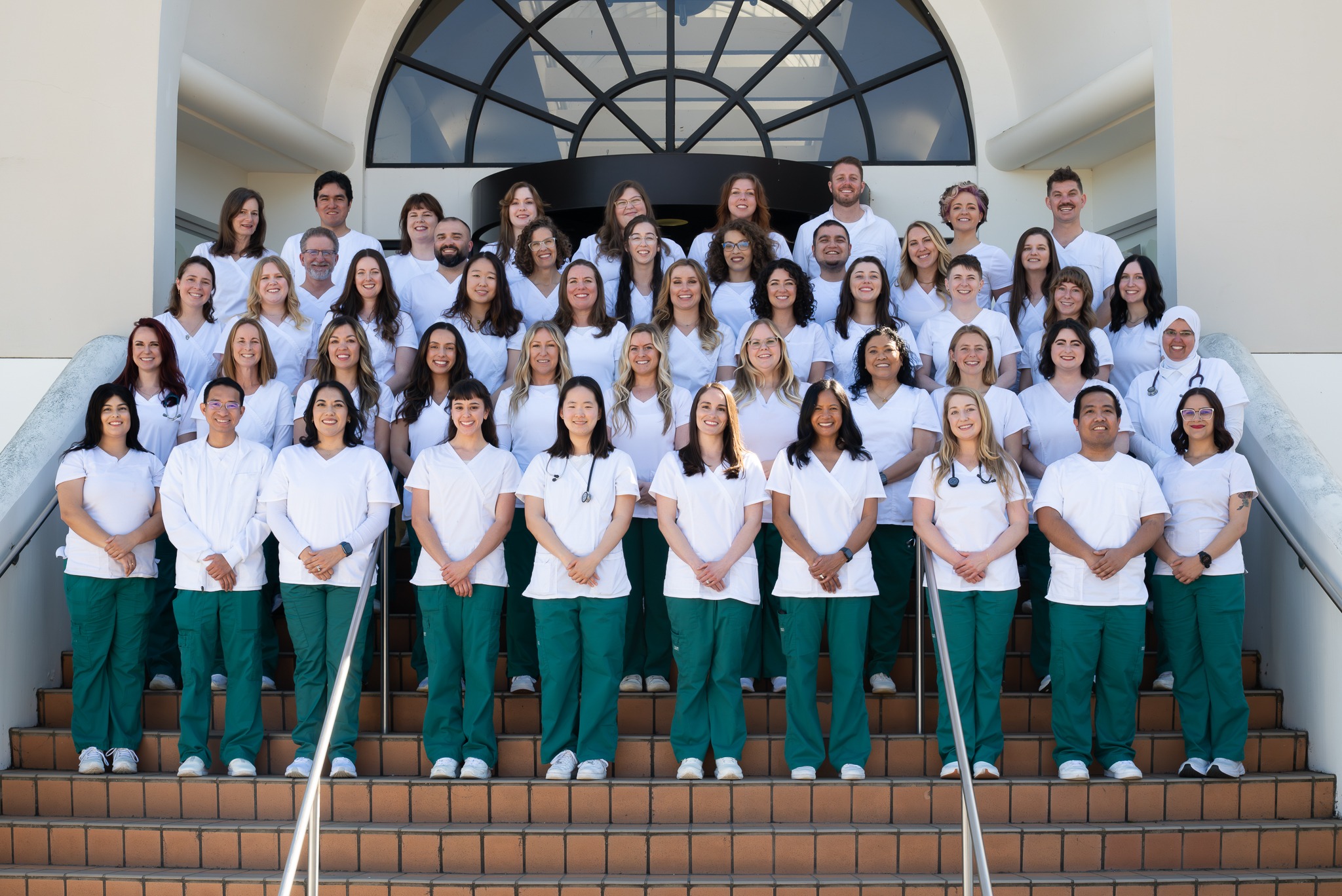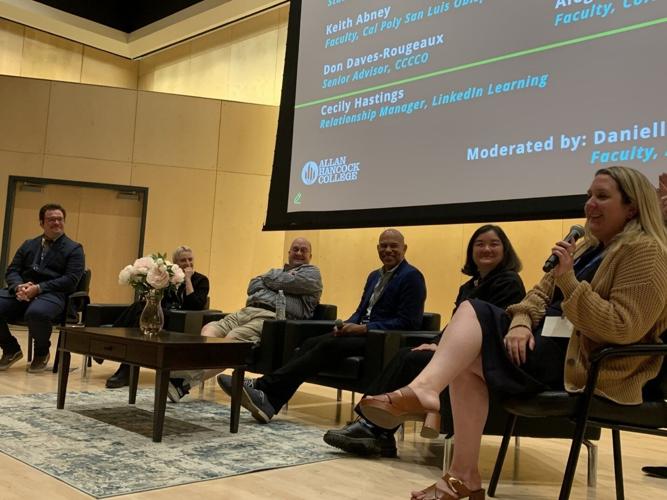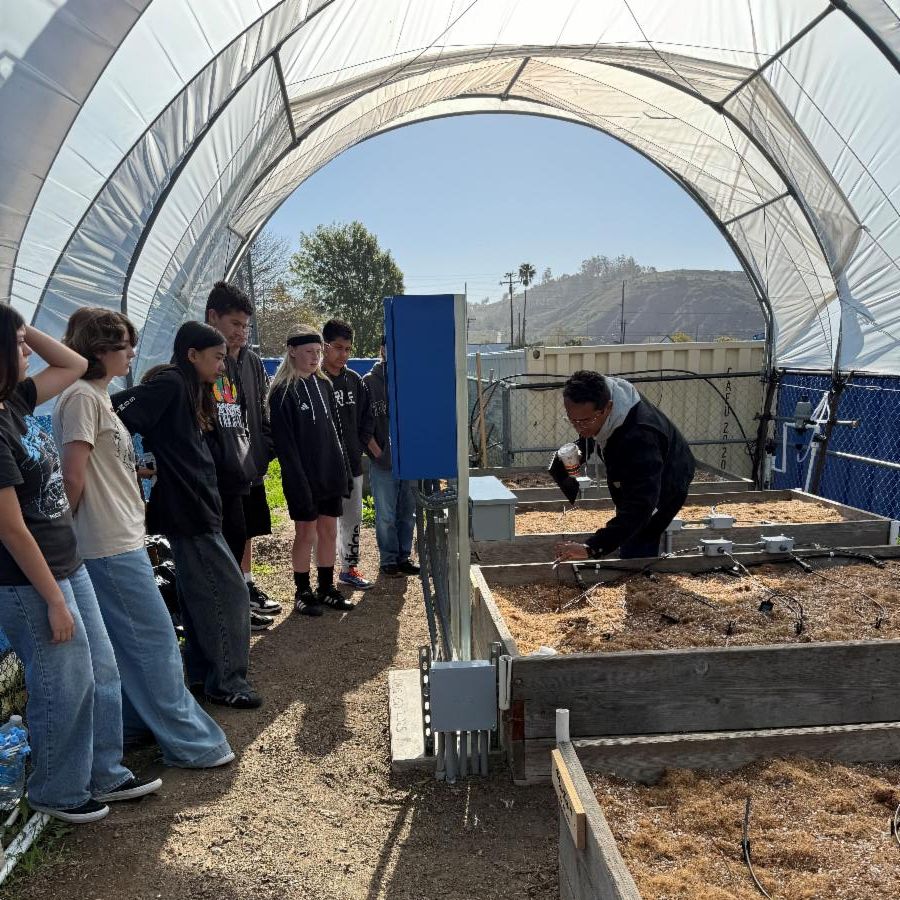California is awarding $72.5 million to four regions across California to provide students with more job and career opportunities in their local communities, improving access to higher education and workforce opportunities.
As part of California’s effort to improve access to high-paying and fulfilling careers for students and workers, today Governor Gavin Newsom announced the state has awarded four final awards – totaling $72.5 million – for the Regional K-16 Education Collaboratives Grant Program as part of a $250 million investment in the 2021 Budget Act. This program is a key component of a statewide strategy for strengthening regional economies, improving education-to-career pathways, and ensuring that education, vocational, and workforce programs work in partnership to provide broader access to education and employment opportunities. The funds were awarded by the Department of General Services (DGS), Office of Public School Construction, and the Foundation for California Community Colleges.
WHAT GOVERNOR NEWSOM SAID: “Every Californian should have the freedom to succeed by obtaining real-life skills and fulfilling careers — including those that don’t require college degrees. With today’s investment, California is yet again going further to prepare students and workers for high-paying, long-lasting, and fulfilling careers.”
“The Department of General Services is proud to play a vital role in administering this much-needed program that ensures equitable pathways to meaningful careers and employment for all Californians,” said DGS Director Ana M. Lasso. “As the program expands throughout all state regions, DGS is excited to see this valuable model for successfully bridging disparities in California communities.”
As communities across the state work to transform California’s public education system from cradle to career – scaling universal transitional kindergarten, expanding after-school programs, improving college access and affordability, and more – the regional collaboratives being funded by the state are marshaling action and promoting implementation. Along with priorities such as California Jobs First, formerly known as the Community Economic Resilience Fund (CERF) and Cradle-to-Career Data System, California is building partnerships and structures for translating policies into on-the-ground improvements for students and workers.
Today’s $72.5 million in awards — four awards of approximately $18.1 million each — will be going to the following collaboratives:
Bay Area: Bay Area K-16 Collaborative (Chabot – Las Positas Community College District)
The Bay Area K-16 Collaborative is coalescing regional networks and industry around equity pathways in: Education, Engineering/Computing, and Healthcare/Biotechnology. Three subregions, anchored by California State University campuses and local partners, drive pathway innovation in the East Bay, San Francisco/Peninsula, and San José regions. The partners will remove barriers to degree completion, accelerate transfer success, increase equitable participation in early college credit, and expand work-based learning.
Northern San Joaquin Valley: WE Will! The Northern San Joaquin Valley K-16 Regional Partnership – A Collaboration of Merced, San Joaquin and Stanislaus Counties (The Regents of the University of California, Merced)
Through current regional assets, WE Will! Tri-county collaborative aims to strengthen education and workforce partnerships and streamline pathways from high school to postsecondary into the workforce to provide high-quality talent in high-demand industry sectors. The 12-month California Regional K-16 Education Collaboratives Planning Grant focus has been promoting pathway equity and access while reducing barriers for all students and job seekers.
Central Coast: Central Coast K-16 Regional Collaborative: Advancing Student Opportunities for Upward Mobility (The Regents of the University of California, Santa Cruz)
The Central Coast K-16 Education Collaborative funding is to support a robust, data-informed, equity-centered implementation year. During the implementation phase, the Collaborative will engage partners across the region to make a transformative, equity-centered, systemic change that will address longstanding systemic educational inequities and structural barriers along the education-to-employment pathways leading to high-skill, high-wage, high-demand regional employment across the region.
Eastern Sierra: Sierra K-16 Collaborative: Workforce Ready, Future Engaged (Columbia College – Yosemite Community College District)
The K16 Phase 2 grant award will ensure the Sierra K-16 Collaborative Partnership builds sustainable, intersegmental collaboration for achieving the overarching goal of improving regional opportunities for students to be highly qualified to fill job vacancies and earn a living wage in the Computing/ Engineering, Education, and Healthcare industry sectors.
The Regional K-16 Education Collaboratives Grant Program provides funding to enhance or create collaborative efforts between the University of California system, the California State University system, Community Colleges, K-12 School Districts, and workforce partners. Collaboratives must also commit to implementing four of seven recommendations pulled from the Recovery with Equity report to promote student success. The program has awarded one grant within each of the 13 California Jobs First regions with a goal of completing implementation by June 30, 2026.
HOW WE GOT HERE: California is preparing for shifts in the labor market and investing billions of dollars in career pathways initiatives to address key areas of need — worker shortages in the health and care economy, expanding construction careers to meet gaps, removing barriers to employment for diverse communities, developing the educator workforce, and removing silos and increasing connection between education systems and the workforce. Governor Newsom’s Family Agenda is transforming public education to prepare students for the future and address this unmet need in the labor market and changes to the economy. As part of the Governor’s efforts to ensure students have the “freedom to succeed,” the state has invested billions of dollars to help students learn real-life career-ready skills





